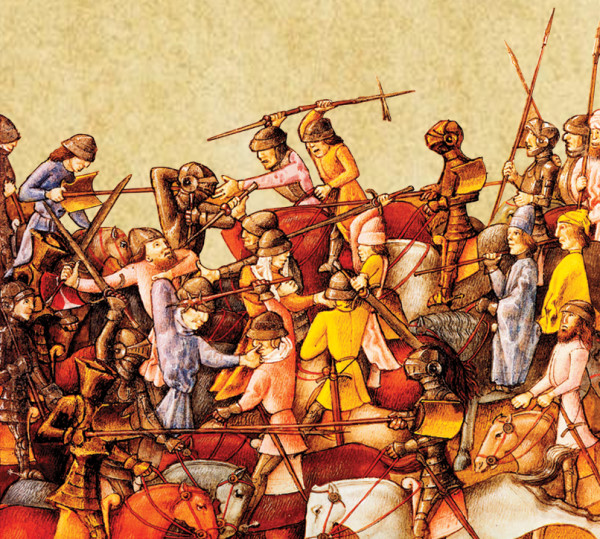It is hard to say whether contemporary political and cultural definitions of East and West was also valid in the last Bronze Age (1180 B.C.E. is the supposed date of the Trojan War), However, in terms of political geography, we can think that the expansionist political conflicts between Hittites and Mycenaeans might have created a political boundary during the 1200s B. C. E. and earlier in the west coast of Anatolia. Furthermore, the letter from Ahhijawa (Akhas/Mycenaean Empire) that was found in the Hittite archives dated 1300 B. C. E shows us that a political crisis similar to the present Eastern Aegean islands question existed at that time as well. It is in this historical background that the Trojan War was considered to be a war between the East and the West and interpreted as such, especially by the post-5th century B. C. E. historians.

Persians accept this event as the beginning of a great hostility. For this reason, during his military expedition to the West in 480 B. C. E. Xerkes first stops at Troy, which he accepts as a holy city. Furthermore, in 334 B. С. Е. Alexander the Great did the same at the beginning of his Eastern expedition. Indeed, the Trojan War, which is known as the mother of all wars in history, took place at a location where the East and the West are geographically and probably also culturally in closest proximity, in the Dardanelles, i.e. in Troy. Therefore we can conclude that this was the first war between the East and the West.
Troy and Politics
- 71 Is the Trojan War the first war between the East and the West?
- 72 Since when was Troy accepted to be a sacred city?
- 73 With whom did the political visits to Troy start?
- 74 Why did Alexander the Great come to Troy?
- 75 Why did Romans use Troy for their political purposes?
- 76 When did the political and religious significance of Troy end?
- 77 What is the significance of Trojan mythology for the Greeks and the Romans?
- 78 What is the political significance of Trojan mythology in the Middle Ages?
- 79 What is the political significance of Trojan mythology for the European literary ideology?
- 80 How does Troy affect contemporary politics?